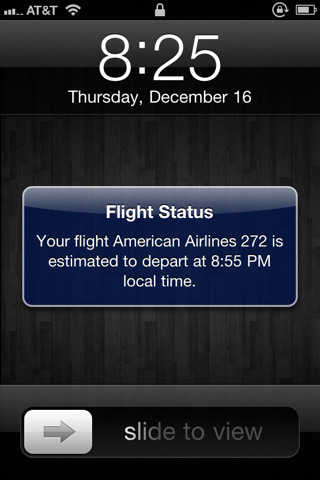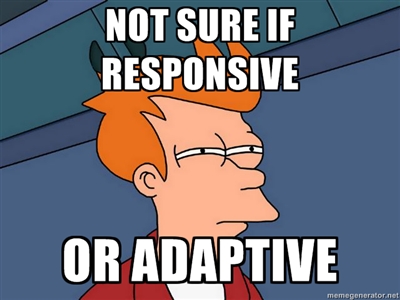Have Push Notifications Crossed The Line?

Ideally, push notifications are a way for marketers to reach their consumers and customers with pertinent, well-timed messages. However, recently it seems as if push notifications are starting to wear out their welcome due to a number of issues concerning them. For one, they can become annoying or burdensome over time due to their ability to notify users at any time throughout the day or night, and two, they can drain your smartphone’s battery quicker than usual. There is also the issue of making sure your notifications don’t violate Apple’s terms and conditions. Considering all this, it still seems as if the biggest thing marketers need to learn with push notifications is to maintain moderation.
Cezary Pietrzak, Director of Marketing at Appboy in New York commented on the subject, “Much of the success of push today can be attributed to the fact that it is a new marketing channel and has not yet been exploited by the developers, but as adoption rises and more apps abuse their power to proactively contact their customers, we can expect the efficacy of push notifications to fall.”
When push notifications are used correctly, they can be extremely efficient. For example, fitness social network Fitocracy uses push to remind their customers to work out on a regual basis, airliner JetBlue uses push to alert their customers on upcoming trips, delays, or cancellation, and ecommerce retailer Fab uses push to send invitations to customers as soon as flash sales go live. “There is no question that push notifications are valuable,” Mr. Pietrzak said, “But they must be relevant to their audience and served at the right time, place, and context to achieve the greatest impact.”
“One-size-fits-all messaging does not work,” he continued, “To do push right, you first need to segment your audience into more specific groups based on their individual profiles and behaviors. You should then send them push notifications that relate to their specific needs, so that the message enhances their in-app experience.” Pietrzak noted that push is becoming eclipsed by the rise of in-app messages. In-app messages are considered a less invasive form of push notifications due to the fact that they stay within their specific apps; they don’t notify users every single time there is an alert. Users have to go to the app first.

However, learning how to better target your users will enable you to send more relevant and appropriate push notifications, which will make users far less likely to see your messages as irritating or annoying. Marketers want to remember to market to individual user segments, not general groups of people. “There’s rarely a scenario where it makes sense to send the same message to your entire user base,” Mr. Pietrzak said, “Instead, focus on the needs of individual segments and tailor your offer accordingly.”
“Also, add value to the message – it is not enough to tell people, ‘Hey, come back to my app.’ You need to add some real value to the content you send, whether it is through timely reminders, breaking news, relevant offers or location-aware notifications,” he said. “Create a schedule and limit the amount of messages that you send to each person during a particular period.”
“Push is very powerful, but is easy to do incorrectly. Stop and reevaluate your strategy if it does not work. The worst thing you can do is annoy people to the point that they shut off your ability to contact them via push. If your current strategy does not work, stop contacting them, take a break and try something different – quality always beats quantity.”
Ken Gaebler, Principal and Founder of Walker Sands in Chicago, agrees. He thinks push notifications can be a very potent threat in customer engagement, but he still maintains that moderation is key. He says companies need to stop thinking purely about quantity and start thinking about the messages they are sending. “Let them determine how many they get and what topics are allowed,” he said, “The lessons are the same ones that many marketers have learned with other marketing methods, such as email marketing methods. Send too many out and you are likely to see your customer base run for the exits.”
Probably the biggest thing you want to learn about push notifications is that they should be transparent and honor your promises. It is imperative that marketers live up to their promises and not sneak in backdoor marketing that will instigate a conflagration with their customers. You also want to be aware of possibly violating Apple’s terms and conditions. “Many push notifications that are being sent out may violate Apple’s rules about not sending messages that contain advertising, promotions or direct marketing of any kind,” Mr. Gaebler said.
“When a marketer breaks those rules, they put their firm’s relationship with Apple in jeopardy and they tarnish their brand in the eyes of their end users,” he said. “It is playing with fire and the downside far outweighs the upside.”
So, as you can see, push notifications have sparked a bit of controversy considering their invasiveness. But if you know how to be clever and crafty with them, they can become a very important tool for your mobile marketing strategy. Remember Apple’s rules regarding push notifications and that moderation is key and you should be golden.









